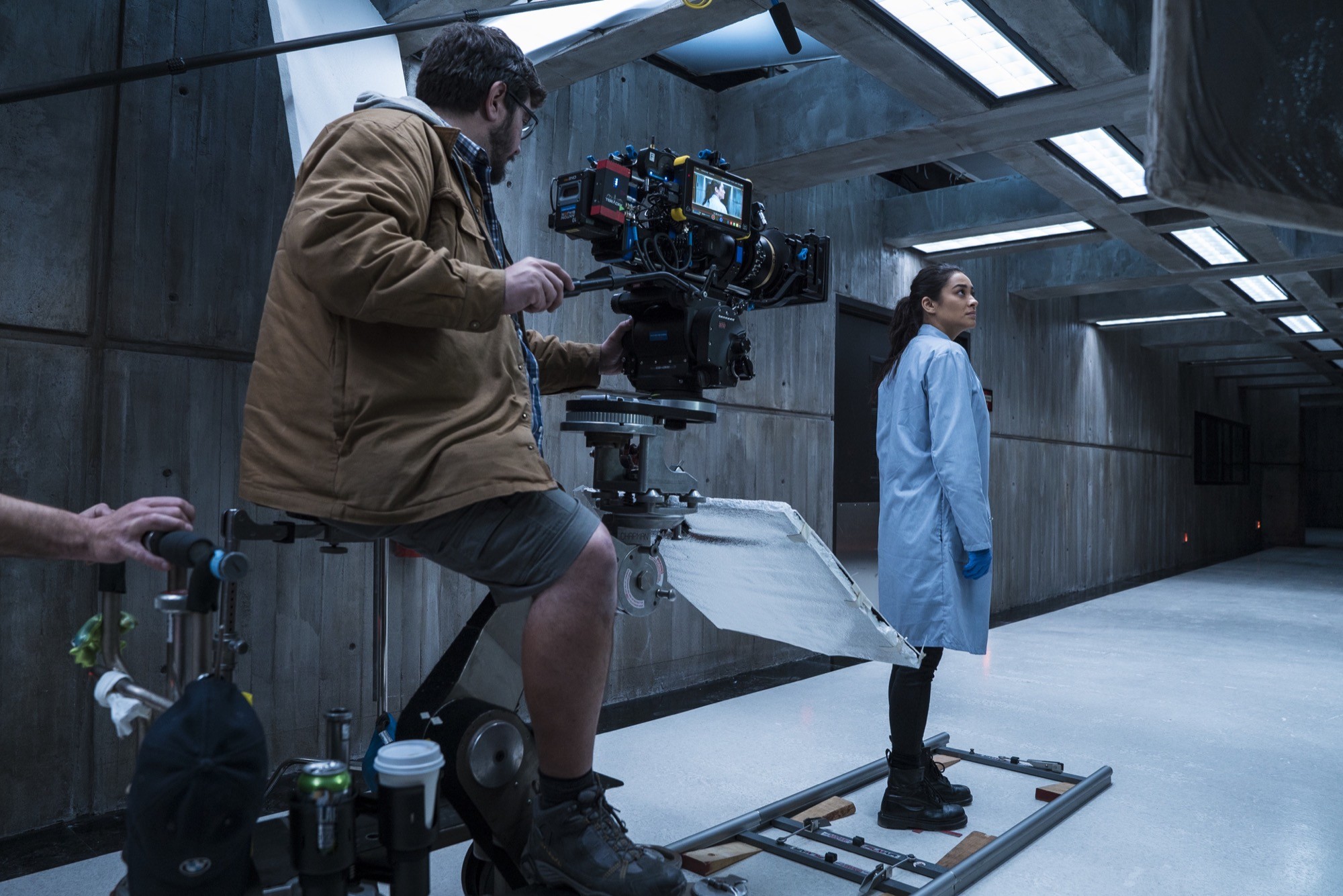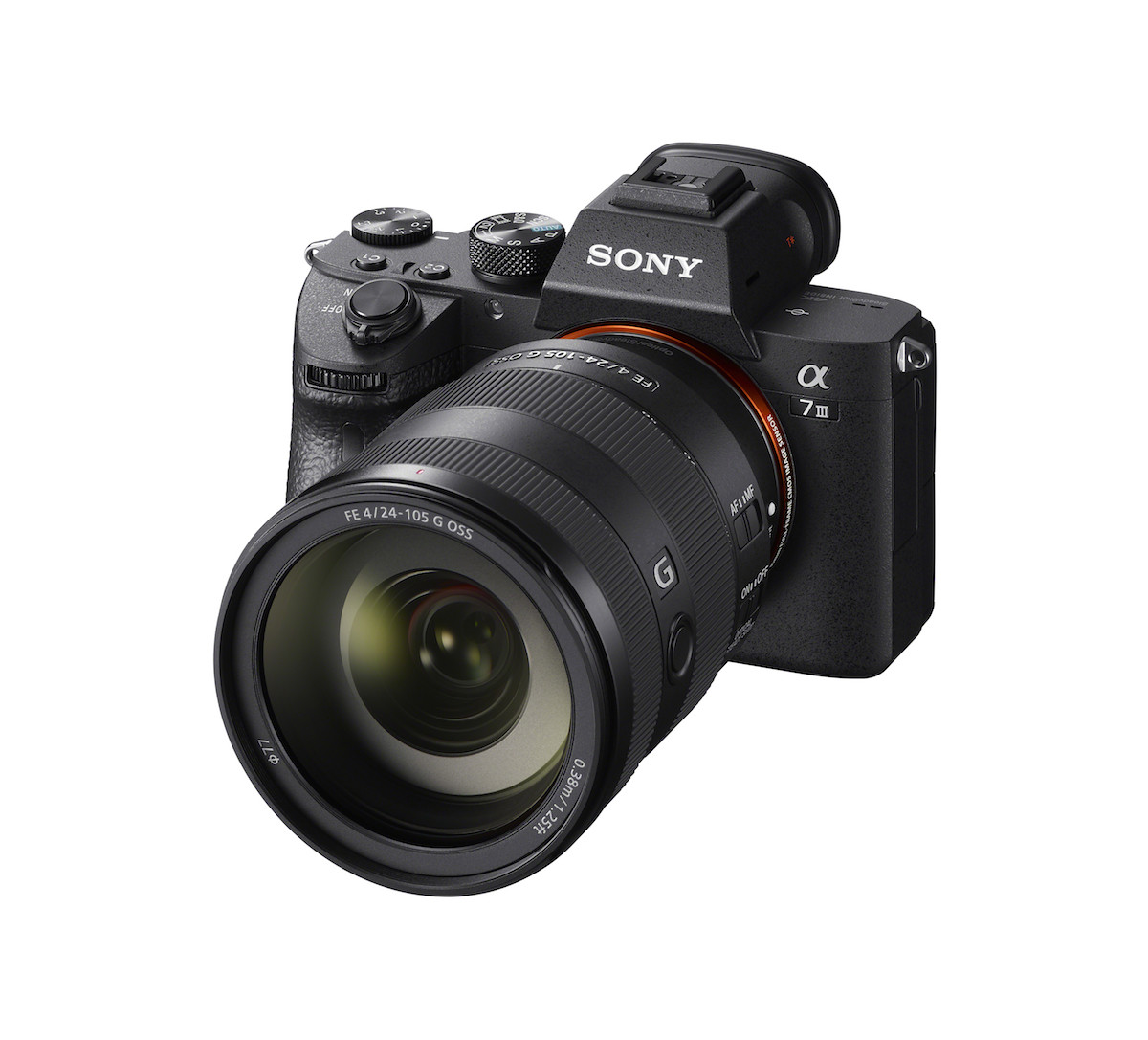
I just got a press release from Sony about a Hollywood thriller using the Sony A7s II. It’s the low-light performance and image quality of the a7s II. Combined with Vantage Hawk 65 anamorphic lenses. the team behind “The Posession of Hannah Grace” captured all a-roll footage.
Last year, I shared how Cadaver was shot with Sony cameras and after that it was Proud Mary. When Venice launched, James Cameron shared that Avatar is being shot on Sony too. And, I shared a video shot with Cooke lenses paired with an a7s II for a Cine story.


It’s no surprise to Sony shooters that [amazon_textlink asin=’B00FRDV06I’ text=’Alpha series cameras ‘ template=’ProductLink’ store=’texturadesign-20′ marketplace=’US’ link_id=’8d0fde44-f8b0-11e8-a307-3987a16d4425′] are the tools of the trade in Hollywood. It’s the sensor, even in a camera priced under $3K.

Posession of Hanna Grace Trailer
Here’s the Possession of Hannah Grace trailer. The horror flick has an 8.3 IMBD rating.
And, the PR is below.
####
Sony’s A7S II and Vantage’sHawk 65 Deliver Stunning Anamorphic Images for New Hollywood Thriller “The Possession of Hannah Grace”
SAN DIEGO — December 3, 2018 — It is common knowledge in today’s filmmaking world that far-reaching advancements in camera, lighting, workflows and lens technology are challenging longstanding assumptions. One outstanding example is the Screen Gems feature film titled, “The Possession of Hannah Grace.”
Shot in Boston using Sony A7S II mirrorless digital cameras combined with large format Hawk 65 Anamorphic lenses from Vantage, a high-quality, cost-effective production workflow was the result. It is an unlikely combination featuring lenses designed for large digital sensors combined with a full-frame camera with a DSLR form factor and a price tag under $3,000.
Rigorous Testing
With rigorous testing, the A7S II’s dynamic range, color science, skin tone rendition, detailed blacks, natural highlight roll off and the ability to shoot and output Sony LOG were critical aspects that were considered. Still, the biggest news is that the camera-lens duo, which breaks new ground for Anamorphic production, allowed production to access the beauty and unique aesthetics of Anamorphic imagery on a tight budget. This combination just happened to be perfect for the script and the budget, according to director of photography Lennert Hillege, opening up new ways of thinking, seeing and shooting.
Executive producer Glenn S. Gainor initiated the A7S II/Hawk 65 pairing after searching for ways to lend power and scale to images shot on a tight production schedule. He had worked on a previous film shot on Hawk 65 lenses, and was familiar with their potential. Gainor, president of physical production at Screen Gems, is known for implementing new technologies and for promoting environmentally friendly production practices.
Capturing in 4 K
“I knew that Sony’s A7S II had a full-frame sensor and could capture in 4K,” says Gainor. “And I knew that we had to make the film in a manner that would fit our schedule and budget. As a result of my relationship with Vantage, we put it together and made a motion picture in a way that has never been done before.”
The Hawk 65 lenses apply a 1.3x squeeze to the image, which means that a 16:9 sensor can result a widescreen 2.40:1 image. At the time of the shoot, there were two sets available – a total of six lenses, for instance.
“Vantage is a wonderfully forward-thinking company that looks at every lens as a personal work of art,” says Gainor. “They don’t mass-produce their lenses. They specialize in the art of glass, which complements the art of cinematography.
The glass is the first thing that the image sees before it goes to the sensor, so you tell your story very much with the glass. Vantage is also aware that there’s a story in what is not in focus.
Typically, 70 percent of your frame is out of focus. Looking at the 30 percent that is in focus, there’s magnificence in what is in the background, and the Hawk lenses are designed with this in mind.”
65MM Lenses
With exceptional 65 mm lenses and DSLR-sized cameras, the normal procedures did not always make sense. Hillege’s crew instead kept a camera body on each lens throughout the shoot, making lens changes quicker in some cases.
“We had four or five cameras at the ready at any time, so we were able to pick up and go,” says Gainor. “We never had to wait for lens changes. I think the full-frame sensor is where the industry is going. Given the trends in digital cameras and the importance of lenses, you could argue that this is the future of cinema.”
Gainor points out that the new technologies are helpful in terms of ecological responsibility – something he takes very seriously.
Low Light
“You have to look at the footprint of the entire movie,” he says. “The smaller camera’s ability to see beautiful under low light conditions, the LED lighting technology, and the green methods we used in set construction made this whole production a case study in how to be efficient and still tell a great story with a fantastic look.”
The Hawk 65 glass was a key aspect of the visual strategy developed with director Diederik van Rooijen. The story follows a cop who comes out of rehab and takes a job at the city morgue. Bizarre and violent events ensue.
“The director and I really wanted to create an eerie and imposing morgue,” says Hillege. “We immediately liked the Brutalist architecture we found in Boston, and the morgue set was built to match that. Glenn was very interested in shooting with very lightweight and light sensitive camera, and bringing a different perspective on how to make the movie. These two things led us to conclude that the only way to shoot was with a full frame, with a hint of anamorphic, and a sort of vintage style. Sony’s A7S II with the Hawk 65 lenses were the perfect tools for the job.”
Converted from E to PL Mount
At that time, shortly after the introduction of the lenses, only three focal lengths were available – 40 mm, 60 mm and 95 mm. They had been used on a recent Star Wars project. Vantage helped with the adaptors required for the PL mount cine lenses to work with the Sony’s E-type mount. The lenses went on the cameras – or was it vice-versa? – and stayed there for the entire shoot.
Red Rock Micro was invaluable and inventive with building the cage and focus systems and making everything connect. Tiffen helped with the Steadicam rig and filtration, and Sony’s development team was on hand throughout. Sony’s A7S II rolling shutter was a concern, but testing revealed how to avoid problems.
“The biggest challenge was the camera’s 8-bit compression,” says Hillege. “It’s not like the conventional shooting we are used to with ALEXA. There are definitely limitations to be aware of, but the image is spectacular. It’s not what you would expect with 8-bit. If you’re not too dirty, and you keep to certain rules about exposure and color, you can shoot really beautiful, monumental images with it.”
Not Perfect, But
Looking back on the experience, Hillege marvels. “It all came together very quickly,” he says. “And was really a team effort toward making the camera ready for the demands of a fast-paced set. Being in the middle, was quite an experience, with all these new innovations. Lots of people were making this work in such a short time.
“Glenn is a very interesting producer because he really is trying to see what else is possible beyond traditional studio thinking,” Hillage says. “He’s looking to make filmmaking more green, which is important. I really like where he’s coming from.”
Ultimately, Hillege says that the imagery is not technically perfect, but that’s not the point.
“If you work with a director who wants to shoot anamorphic, and we work with a producer who really wants to change the whole vision of how to shoot a cine movie, perfection is not the most interesting goal,” he says. “It’s how you are telling the story and whether that works. It’s the culmination of many things that gives a certain look. Above all, these new ideas and ways of working are interesting to think about, investigate and put into action on a script.”
In Theaters
Released on November 30th, “The Possession of Hannah Grace” has an 8.1 IMBD rating. Hillege is now shooting the feature “Bloody Marie” in Amsterdam’s red light district, and also among Gainor’s current projects is “Thunderman” Similarly, shot with Sony’s A7S II and Hawk 65 lenses.
…My daily shooter is Sony A1 with a vertical grip and various Sony lenses attached like the FE 20mm F1.8. Find more gear recommendations in our shop. As an Amazon Associate I earn from qualifying purchases.
